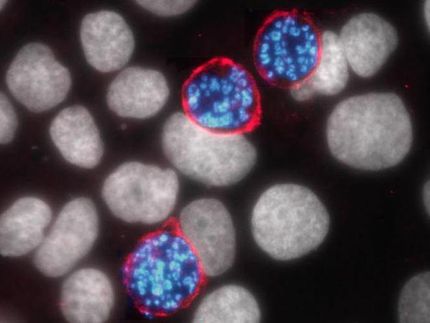German Biotech Companies Report New Results on Cultivated Liver Cells
Prediction of toxicity and compound responses in hepatocytes continues to be a major concern for the pharmaceutical industry. Non-immortalised primary cells may best represent normal physiology. The German biotech company Bionas GmbH has made a first study investigating primary human hepatocytes with in vitro test in the Bionas® 2500 analyzing system. The human primary hepatocytes were provided by Primacyt GmbH. Primacyt has a unique know-how for serum free long-term human primary hepatocytes cultures.
The Bionas® 2500 detects oxygen consumption, acidification and adhesion of cells on six sensor chips in parallel. All parameters are detected continuously and online during long-term measurements. Regeneration and recovery effects are monitored respectively. Primary human hepatocytes were cultured on collagen pre-coated chips in chemically defined Human Hepatocyte Maintenance Medium and, for comparison, in conventional two-dimensional cultures. The sensor chip based in vitro results were compared with standard assays for hepatocytes like albumin release and urea release. The effects of acetaminophen (AAP) were investigated. The cells were exposed to AAP (50 - 2815 mg/l) for 24 h. Cell respiration was obviously inhibited by AAP concentrations above 500 mg/l whereas cell adhesion was marginally reduced. In conventional two dimensional cultures AAP application reduced albumin release. Comparison of primary human and rat cells shows obviously different hepatotoxic effects of AAP.
It seems that the primary human hepatocytes are less effected as the rat cells or the cell line HepG2. In conclusion the primary human cells are closer at the in-vivo situation as rat cells or artificial cell lines. Distinct differences can be also found if primary rat hepatocytes or the HepG2 cell line are used in the Bionas® 2500 analyzing system.
Topics
Organizations
Other news from the department science

Get the life science industry in your inbox
By submitting this form you agree that LUMITOS AG will send you the newsletter(s) selected above by email. Your data will not be passed on to third parties. Your data will be stored and processed in accordance with our data protection regulations. LUMITOS may contact you by email for the purpose of advertising or market and opinion surveys. You can revoke your consent at any time without giving reasons to LUMITOS AG, Ernst-Augustin-Str. 2, 12489 Berlin, Germany or by e-mail at revoke@lumitos.com with effect for the future. In addition, each email contains a link to unsubscribe from the corresponding newsletter.


















































